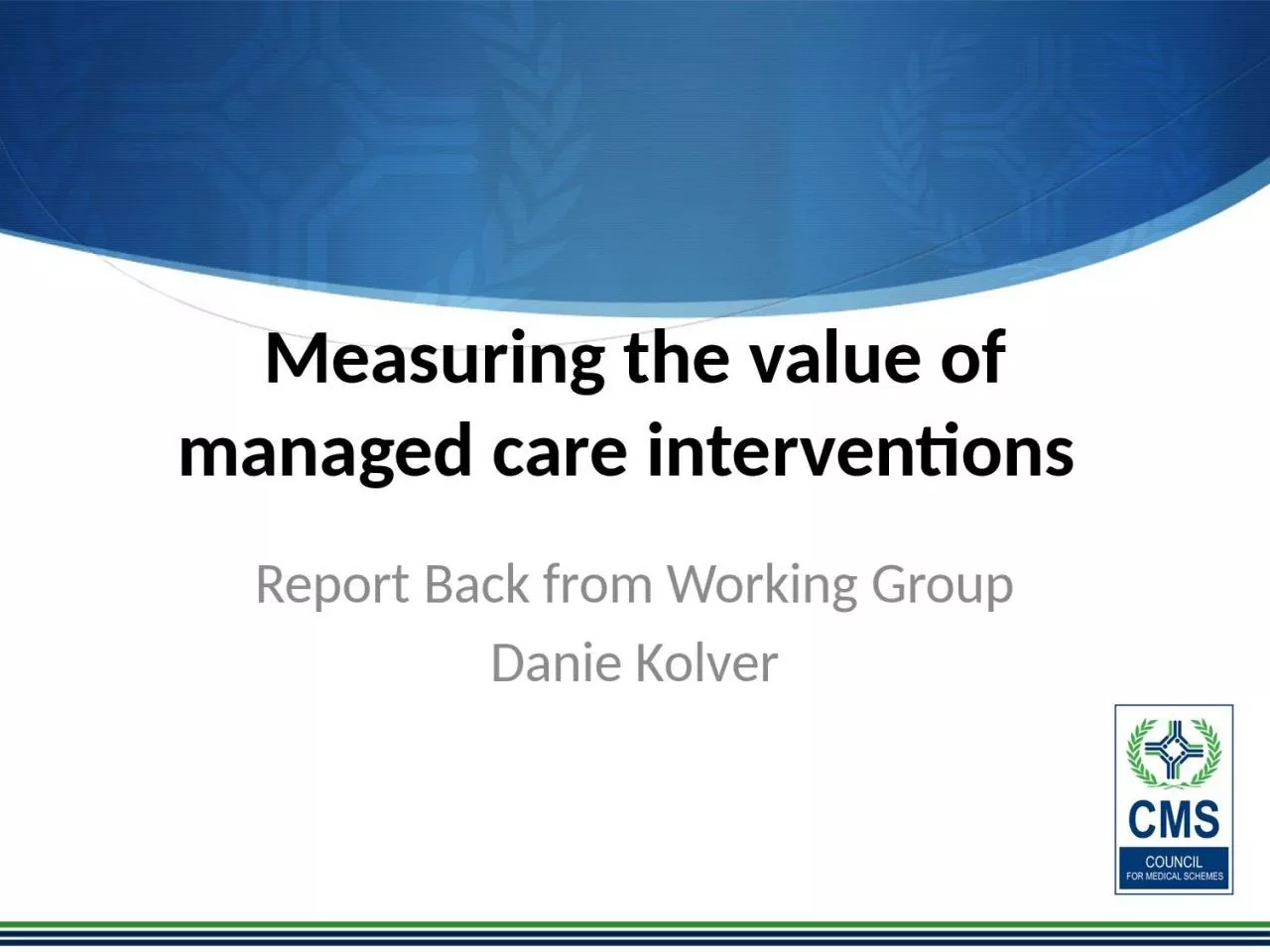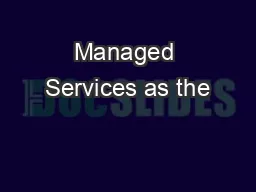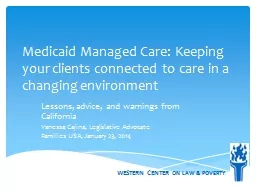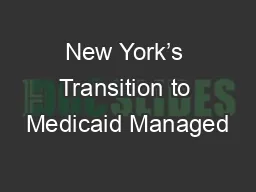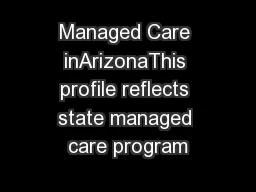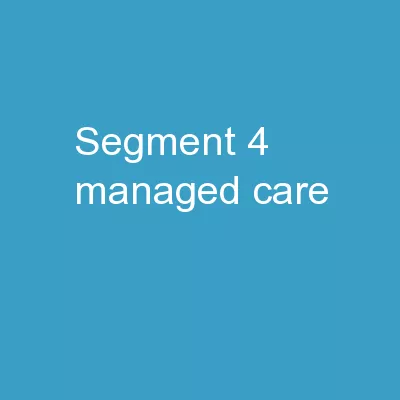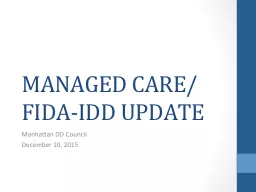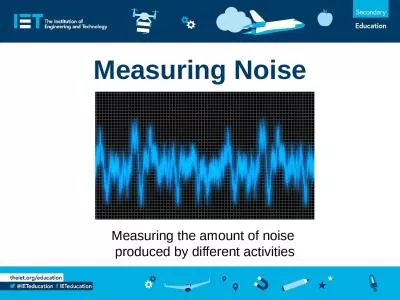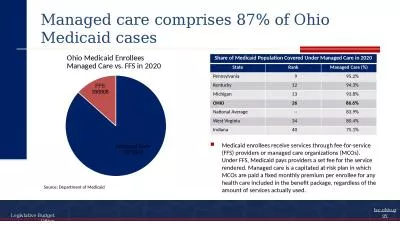PPT-Measuring the value of managed care interventions
Author : davies | Published Date : 2022-06-08
Report Back from Working Group Danie Kolver Background The Council and National Department of Health requested the office to undertake a projects to explore in
Presentation Embed Code
Download Presentation
Download Presentation The PPT/PDF document "Measuring the value of managed care inte..." is the property of its rightful owner. Permission is granted to download and print the materials on this website for personal, non-commercial use only, and to display it on your personal computer provided you do not modify the materials and that you retain all copyright notices contained in the materials. By downloading content from our website, you accept the terms of this agreement.
Measuring the value of managed care interventions: Transcript
Download Rules Of Document
"Measuring the value of managed care interventions"The content belongs to its owner. You may download and print it for personal use, without modification, and keep all copyright notices. By downloading, you agree to these terms.
Related Documents

